In search of harmony, a toned and harmonious figure, people begin to exercise and follow a healthy diet. The first problem to face is diet. Few people know that the problem lies in excessive consumption of simple carbohydrates. And as soon as they study the information in popular sources, without reading it to the end, they completely exclude carbohydrates from their diet. And that's where breakdowns, health problems, loss of strength and so on begin. Where is the balance and the truth? Very close! Let's figure it out.
In the last few years, there has been a dramatic change in ideas about why a person gets fat. The masses realized that carbohydrates, not fats from the diet, are converted into subcutaneous fat and become one of the main causes of obesity.
For a long time, a low-fat diet was the basis of weight loss methods, but the real sensation was made by a low-carbohydrate diet, which showed high results in losing extra pounds. Studies have shown that simple and complex carbohydrates have different effects on the body. Excessive consumption of carbohydrate-rich foods leads to overweight.
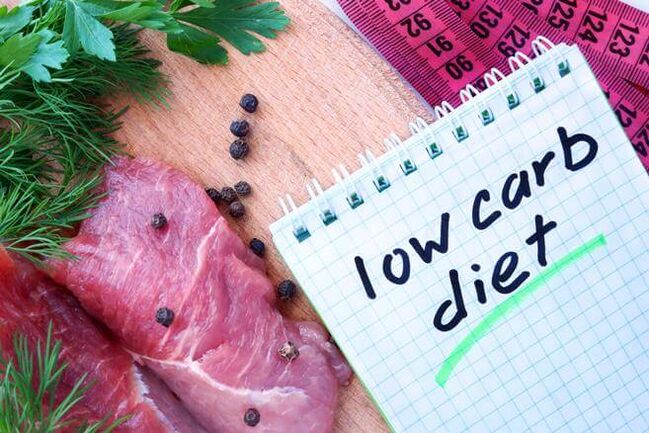
In this article you will learn:
- what is a low carb diet and how fat burning occurs;
- advantages and disadvantages of the method;
- which foods are present in a low-carbohydrate diet;
- interesting recipes with few carbohydrates for a complete menu.
What is the essence of the weight loss method
Carbohydrates provide the body with the necessary amount of energy that is spent during the day on vital processes and during physical activity. Complete rejection of macronutrients will lead to malfunctions of functional systems, and excess energy intake will lead to an increase in fat reserves. A low-carb diet includes slow (complex) carbohydrates that do not cause a strong spike in blood sugar and take longer to convert to energy.
The essence of the method lies in the fact that from the first day of the diet, for safe and efficient weight loss, the amount of carbohydrates consumed decreases every day, and protein increases. Thanks to this, the following processes are triggered in the body:
- Previously received energy is deficient, which makes us look for a new source.
- Glycogen in the first 2-3 days the child becomes the main supplier of energy.
- Furthermore, fats are broken down, synthesizing an additional source of energy - ketone.
Studies comparing the benefits of a low-carb diet and a low-fat diet for weight loss showed that people who reduced carbs lost more pounds in 6 months than those who followed a low-fat diet.
With a low-carbohydrate diet, subjects felt full after eating because proteins and fats break down more slowly than carbohydrates. In addition, the increase in blood sugar and insulin production occurred gradually. This means that they did not have sharp bursts of energy, which replace fatigue and an increased feeling of hunger.
Conclusion: The principle of nutrition are biochemical processes that contribute to fat burning and weight loss.
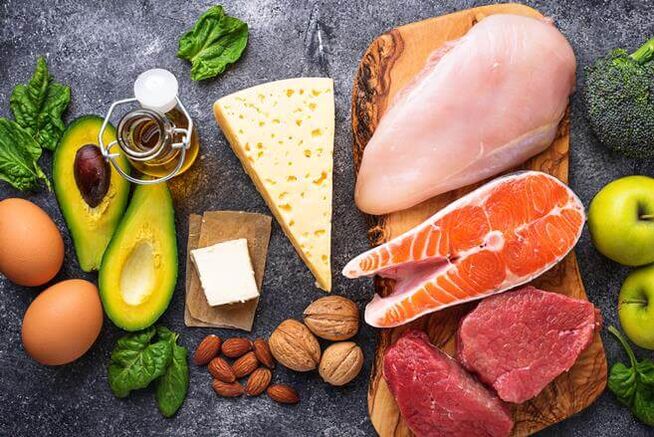
It is important to remember that during the diet, the fat layer decreases evenly throughout the body, so it is impossible to reduce the volume locally.
Advantages and disadvantages
The low content of carbohydrates in the menu has a beneficial effect on the state of the body, normalizes digestion, speeds up metabolic processes and rejuvenates.
Pros:
- there is no hunger on the diet, strength remains the same, no weakness;
- suitable for diabetics;
- proper nutrition for men and women for weight loss purposes;
- suitable for low, medium and high levels of activity;
- does not require a significant change in the calculations of daily calorie requirements for weight loss, changing indicators of protein and carbohydrates.
Reducing the amount of macronutrients helps in weight loss and improving health, it is recommended for:
- overweight;
- intensive training;
- diabetes mellitus;
- hypertension;
- endocrine disorders;
- oncological diseases.
The method has gained trust among athletes and bodybuilders - this is a reliable opportunity to relieve, reduce the percentage of subcutaneous fat and maintain muscle mass.
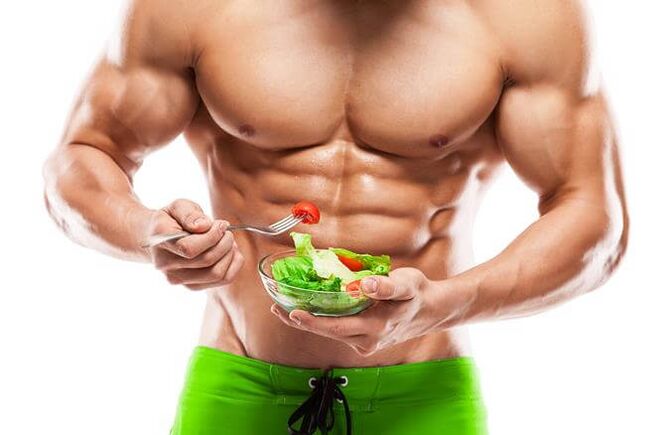
However, the diet has its downsides:
- constipation - a reduction in fiber, which is associated with a reduction in carbohydrate intake, can lead to digestive problems;
- carbohydrate starvation can cause headaches, irritability and nervousness;
- exacerbation of chronic diseases;
- increases the load on the liver;
- potassium and sodium deficiency;
- lack of carbohydrates reduces concentration, which is critical for people engaged in mental work;
- increase in cholesterol levels due to a large number of animal products, which causes the development of diseases of the cardiovascular system;
A diet low in carbohydrates is not on the list of methods that can be followed for several years, because a large list of forbidden foods creates additional stress for the body. Therefore, after a few weeks or months of restriction, the person returns to his usual diet.
Balance of proteins, fats, carbohydrates
The main source of protein on a low-carbohydrate diet are animal products: meat, poultry, offal, cottage cheese, eggs. For vegetarians, legumes and nuts are an alternative.
The ratio of BJU in the diet is within:
- Proteins 40-50%;
- Fat 30-35%;
- Carbohydrates 20-25%.
Dietitian's opinion
Nutritionists are wary of the method, because a diet low in carbohydrates (weekly or monthly) involves the use of 50-70 g of macronutrients per day. Deficiency leads to unwanted disorders with a number of side effects, such as excess.
Doctors recommend giving preference to a proper and balanced diet, controlling the intake of carbohydrate foods. Healthy eating habits combined with physical activity will help reduce the amount of body fat - the method can not be attributed to rapid weight loss, but without harm to health.
Contraindications
Before going on a diet, you should consult a doctor, because the high content of protein foods is contraindicated for people with metabolic disorders (for example, urolithiasis, gout).
The fact is that with a normal diet, these metabolic disorders may not manifest, which means that you may not even know you have a disease. By changing your diet in the direction of increasing protein intake, you cause the triggering of a severe pathological mechanism in your body.
Excessive consumption of fatty foods is contraindicated in diseases of the gastrointestinal tract (cholecystitis, pancreatitis, cholelithiasis, gastric ulcer, gastritis). Fatty foods cause large amounts of cholesterol to enter the body, which can cause or accelerate the growth of atherosclerotic plaques.

The weight loss method is also not recommended:
- pregnant and lactating women;
- persons under the age of 18;
- with cardiovascular disease;
- at the time of exacerbation of chronic diseases.
Basic rules for a low-carb diet
The method involves the use of a minimum portion of carbohydrates that is sufficient to maintain body function. Women need 2 grams per kilogram of weight, for men - 3 g. If the daily intake is 120-150 g, then the number for weight loss is gradually and gradually reduced to 50-70 g per day. Protein food becomes a substitute for energy and maintains muscle tone.
A low-carb diet lowers insulin levels, which suppress appetite. Ketone bodies, which come from animal and plant proteins and fats, block the flow of information about the feeling of hunger.
Following a few principles will help you achieve your goals:
- exclude products with a high glycemic index from the diet;
- take extra vitamins and minerals;
- the preferred way of cooking is stewing, cooking, grilling, steaming. Fry the ingredients without adding oil or with a small amount;
- do not skip meals and do not reduce calories;
- eliminate complex carbohydrates in the first half and before training, in the second - protein foods;
- be sure to have breakfast;
- adhere to a drinking regime: at least 2 liters of clean liquid.
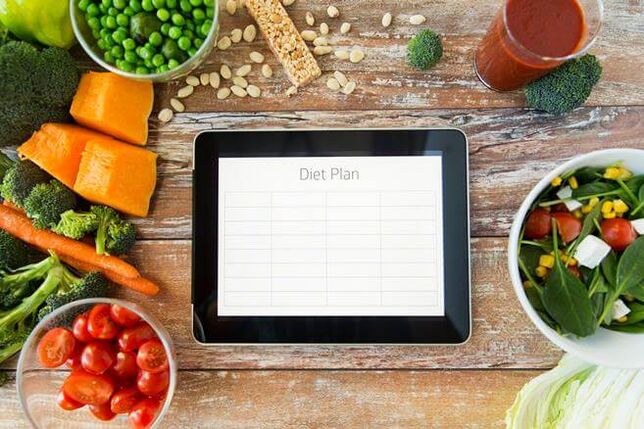
Remember that the correct calculation of daily energy needs for weight loss is the first step before starting any diet.
Approved products
The list of products to maintain a low-carbohydrate diet is extensive, which diversifies the menu and will not allow you to starve. It is important to study the information about the component using the calorie table of the food or on the label.
Table of permitted products
Diet implies certain restrictions. With the help of the table you can get acquainted with products suitable for a diet low in carbohydrates.
Product groups |
Approved products |
|---|---|
Meat |
Lean pork, veal and beef, poultry, offal |
Fish and seafood |
Sea fish: salmon, salmon, cod, mackerel, herring, tuna, halibut Seafood - no restrictions |
Milk products |
Cottage cheese, cheese, kefir, natural yogurt without additives - all with a low percentage of fat |
Eggs |
Chicken and quail |
Vegetables, raw and canned |
Everything except vegetables with a high starch content: potatoes, Jerusalem artichokes, sweet potatoes |
Mushrooms |
There are no restrictions in any way |
Fruits, berries |
Citruses, green unsweetened apples |
cereals |
Long cooked oatmeal, brown rice and buckwheat |
Nuts and seeds |
Without borders |
Oil |
Unrefined vegetables |
Sauces |
Balsamic vinegar |
Sweeteners |
Free of sorbitol and fructose |
Drinks |
Coffee, tea - no added sugar, mineral water, vegetable juices |
Prohibited products
If your favorite product is not on the list of allowed ingredients, then it is most likely on the list of forbidden:
- bakery and confectionery products;
- processed cereals (white rice, instant oatmeal, semolina), premium wheat pasta;
- potatoes, corn;
- semi-finished products, smoked products;
- food ingredients (mayonnaise, ketchup and sauces other than soy);
- chocolate;
- sweet fruits (bananas, grapes);
- sugar and sugar products;
- packaged juices, fruit drinks (due to added sugar);
- soda;
- alcoholic beverages.
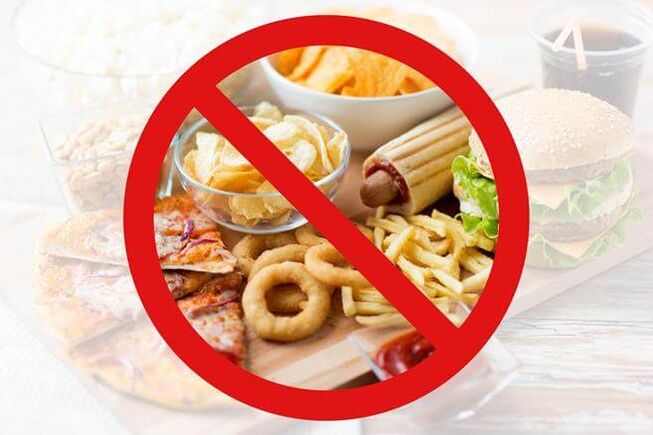
It is necessary to abandon the above products for the first time, and after 3-4 weeks gradually return them to the diet in small portions.
Sample menu for the week
At first glance, it seems that a diet low in carbohydrates is not very diverse, however, if you have prepared a menu for a week in advance, you can be sure that the diet is saturated.
Table: sample low carb diet menu for 7 days
The table contains possible combinations of breakfast, lunch and dinner, which you can take as a basis and replace with your favorite meal. Remember that it is important to correctly calculate the caloric content of the finished dish in order to align it with your daily energy intake. Product modification and repetition is possible.
Dan |
Breakfast |
2nd breakfast |
Dinner |
afternoon tea |
Dinner |
|---|---|---|---|---|---|
1 day |
Sugar-free cottage cheese casserole + tomato / cucumber |
grapefruit |
Brown rice porridge with vegetables |
kefir 1% |
Steamed fish + cabbage salad + bread |
2 days |
Scrambled eggs or omelet of two eggs + chicken |
Fat-free cottage cheese |
Mushroom soup with low-fat sour cream + bread |
Kefir 1% with chopped cucumber and herbs |
Cooked beef + cucumber and tomato salad |
3 days |
Sauteed vegetables with grated cheese |
Apple |
Vegetable soup with chicken soup |
milk 1, 5% |
Cooked breast + stewed cabbage |
Day 4 |
Oatmeal with grated apple |
grapefruit |
Buckwheat porridge + beet salad |
Fat-free cottage cheese |
Veal or chicken ragout with vegetables |
Day 5 |
Cheese + boiled egg |
Apple |
Cooked brown rice + seafood |
kefir 1% |
Vegetable salad + lean beef steak |
Day 6 |
Cheese + boiled egg + bread |
Natural yogurt without sugar 1, 5% |
Roast meat + vegetable salad |
Kiwi |
Braised vegetables + cooked fish |
Day 7 |
Buckwheat milk porridge |
Fat-free cottage cheese |
Roast fish with vegetables |
kefir 1% |
Roast breast + fresh vegetables and herbs |
A long-term low-carbohydrate diet (from 30 days) should include a cheat meal or refeed to avoid slowing down the metabolism.
Getting out of the diet
A diet low in carbohydrates is effective and affordable, but after 2 months you must return to your usual diet. Exit is done gradually in order to minimize stress for the body and not to regain previously lost weight.
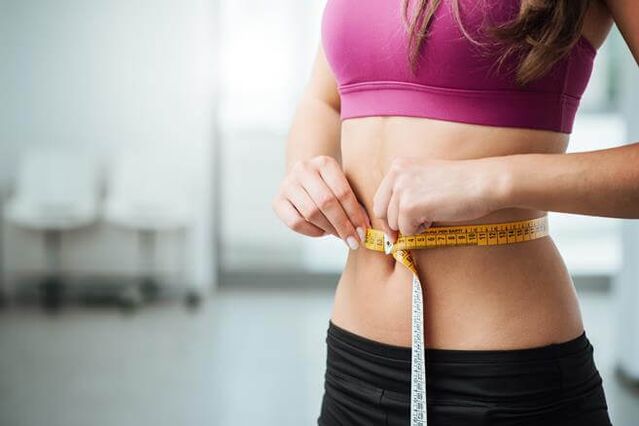
Return to a normal diet in 3-4 weeks:
- in the first and second week, the amount of fruits and vegetables (without starch) increases;
- third week - reduction of protein foods by adding cereals;
- the number of calories also increases every day.
What can be cooked during the weight loss period - delicious recipes
A low-carb diet is not a reason to limit yourself to chicken fillets. The list of allowed products is extensive, so you can cook proven dishes or fantasize about the available ingredients.
Chicken fillet in a slow stove
Recipe # 1
Cooking method:
- Wash chicken fillet, remove excess fat. Cut into arbitrary pieces, sprinkle with salt and spices, place on the bottom of the multicooker bowl.
- Pour water, add bay leaf.
- Cook for 1. 5 hours in the "off" mode.
Total carbohydrates: 0 g
Ingredients:
- chicken fillet - 250 g;
- water - 150 g;
- salt, ground pepper - to taste;
- bay leaf - 1 pc.

Veal with cheese in the oven
Recipe # 2
Cooking method:
- Wash the meat in cold water, cut lengthwise, beat.
- Grease the pan with oil, put the veal, pour over the milk.
- Send in the oven preheated to 180 degrees for 40 minutes.
- Immediately after that, salt the meat, add salt and spices to taste.
- Cut the cheese into thin slices, spread evenly over the meat, return to the oven for another 30 minutes.
Total carbohydrates: 7, 7 g
Ingredients:
- veal shoulder - 400 g;
- cheese - 100 g;
- milk 1, 5% - 100 ml;
- vegetable oil - 20 ml;
- with, pepper, spices - to taste.
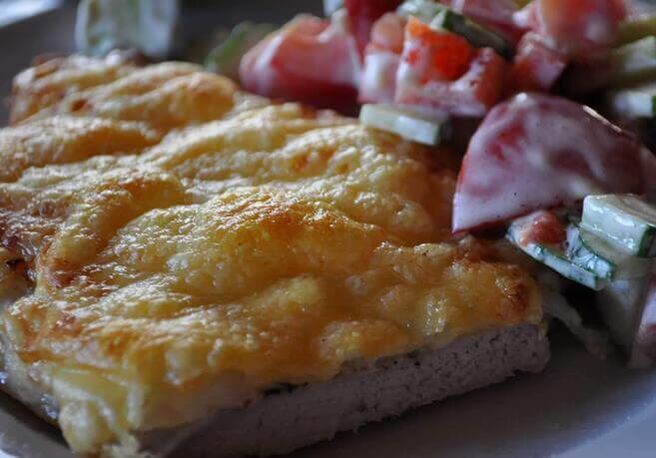
Oatmeal soup
Recipe # 3
Cooking method:
- Cut the turkey meat into cubes, cook in 1 liter of water for 20 minutes.
- Finally add chopped onion and bran.
- Boil a hard-boiled egg, cut into small pieces and add to the soup.
- Finely chop the greens, send in the soup.
Total carbohydrates: 24 g
Ingredients:
- turkey fillet - 150 g;
- water - 1 l;
- onion - 60 g;
- egg - 58 g;
- oat bran - 25 g;
- chopped dill - 10 g;
- green onions - 5 g;
- salt, pepper - to taste.
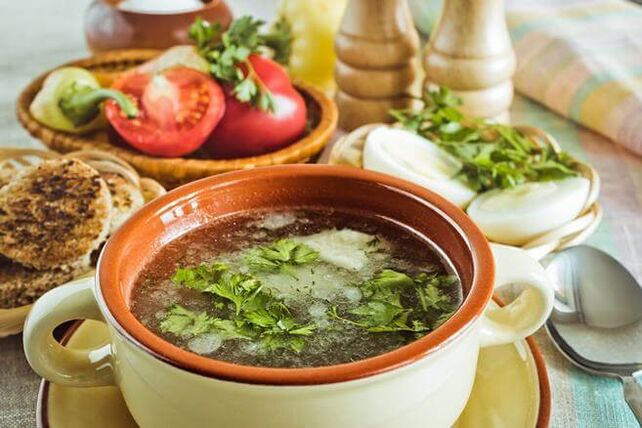
Chinese cabbage salad with fruit
Recipe # 4
Cooking method:
- Peel an orange, grate it and squeeze the juice.
- Fruit cut into cubes.
- Finely chop Chinese cabbage and onion. Mix all ingredients.
- Add salt to taste, season with lemon juice, stir.
Total carbohydrates: 16, 5 g
Ingredients:
- Chinese cabbage - 150 g;
- apple - 50 g;
- orange - 60 g;
- green onions - 5 g;
- lemon juice - 20 ml;
- salt - to taste.
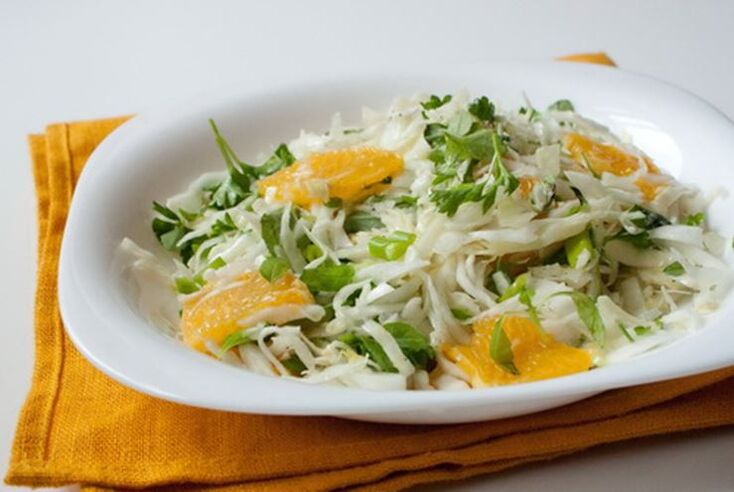
squid salad
Recipe number 5
Cooking method:
- Boil two eggs hard, peel. Cut into medium cubes.
- Rinse the squid carcass, rind and entrails, immerse in boiling water for 15-20 seconds, no more! Otherwise, they will become "rubber".
- Cut the seafood into thin rings or strips.
- Cucumber cut into thin strips.
- Mix all ingredients.
- Drizzle the salad with juice and olive oil, stir.
Total carbohydrates: 3, 5 g.
Ingredients:
- chicken egg - 116 g (2 pcs. );
- squid - 150 g;
- cucumber - 70 g;
- lemon juice - 15 ml;
- olive oil - 15 ml.
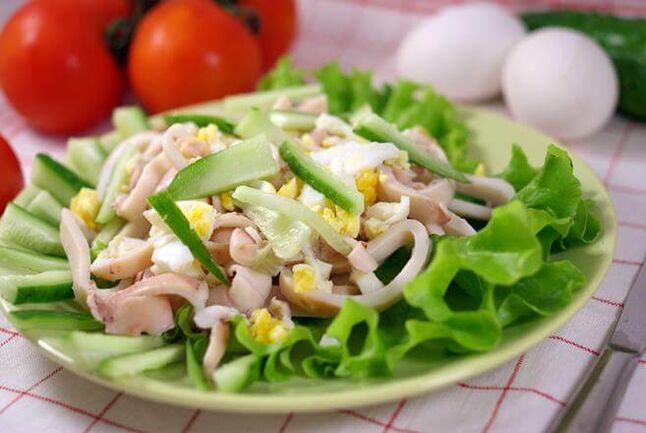
White fish with vegetables
Recipe # 6
Cooking method:
- Wash the fish, remove the fins. Cut into medium pieces, rub with salt and pepper.
- Roughly chop the vegetables.
- Spread all the ingredients evenly on the baking sheet.
- Bake in a preheated oven at 180 degrees for 50-60 minutes.
Total carbohydrates: 8, 7 g
Ingredients:
- cod - 500 g;
- eggplant - 80 g;
- tomato - 120 g;
- pepper, salt.
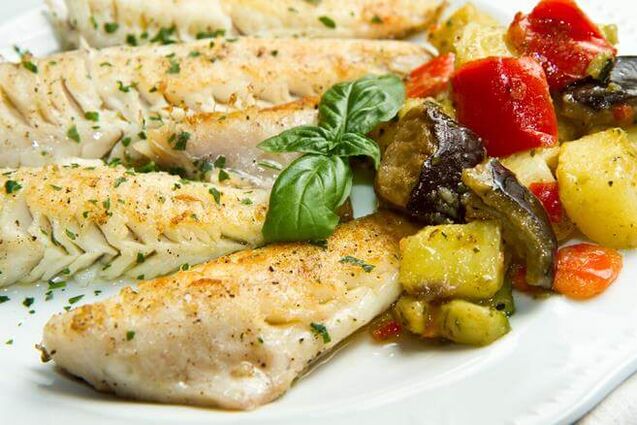
Cheese soup
Recipe number 7
Cooking method:
- Cook the chicken fillet until soft, remove the meat and leave to cool. Cut into medium pieces.
- Grate the cheese on a large grater, add to the soup, simmer on low heat for 20 minutes until a homogeneous consistency is obtained, stirring constantly. Add salt and pepper to taste.
- Arrange the chicken fillet in each portion. Decorate with greenery.
Ingredients:
- chicken fillet - 300 g;
- melted cheese - 100 g;
- water - 1, 5 l;
- salt, pepper - to taste;
- fresh herbs - to taste.
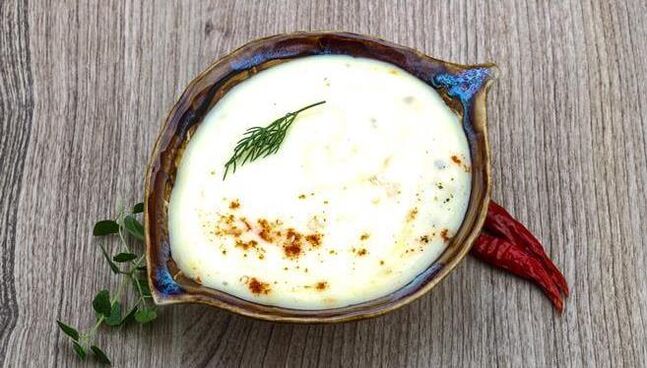
Milk dessert
Recipe number 8
Cooking method:
- Pour the milk into a deeper whisk, put it in the freezer until an ice crust forms.
- Pour gelatin with water, cook according to instructions, add gelatin. Take it easy.
- Take out the milk, whisk with an immersion blender, pour in the gelatin and continue to whisk.
- Remove to the freezer for 20 minutes.
Total carbohydrates: 9, 9 g
Ingredients:
- milk 0, 5% - 200 ml;
- gelatin - 10 g;
- water - 40 ml;
- sweetener - to taste.
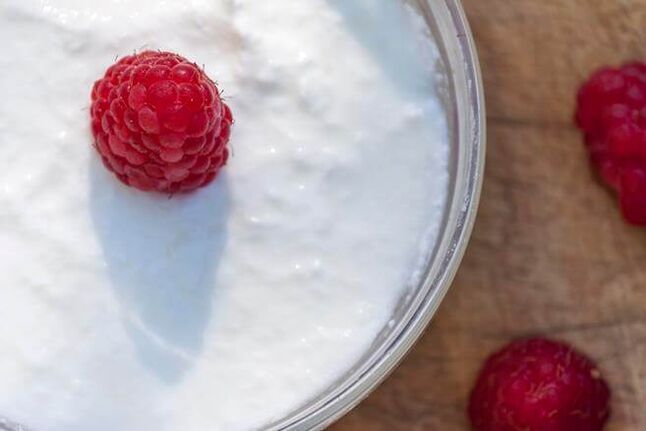
Salad with canned tuna
Recipe # 9
Cooking method:
- Finely chop the onion into rings, pour over the vinegar, stir and leave for 15 minutes. After draining excess fluid.
- Boil a hard-boiled egg, grate it with cheese on a large grater.
- Cut the cucumber into strips.
- If the tuna is too big, mash the pieces with a fork.
- Mix all the ingredients, season with oil, add salt and pepper to taste.
Total carbohydrates: 7, 5 g
Ingredients:
- canned tuna - 1 can, about 180 g;
- egg - 58 g;
- hard cheese - 100 g;
- cucumber - 100 g;
- onion - 40 g;
- vinegar - 5 ml;
- olive oil - 15 ml;
- salt, pepper - to taste.
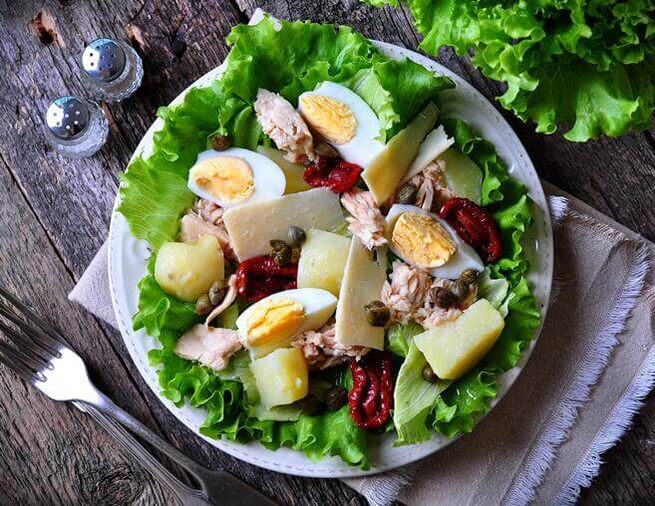
Diet chops
Recipe number 10
Cooking method:
- Wash all types of meat, dry them on a paper towel, chop them finely or chop them with a blender / meat grinder.
- Onions cut into small cubes.
- Add egg, onion, salt and spices to the minced meat. Stir well, shape the burgers with wet hands.
- Steam for 20-30 minutes or fry in a pan without sticking without adding oil on both sides.
Total carbohydrates: 7 g.
Ingredients:
- beef spatula - 200 g;
- lean pork - 400 g;
- chicken fillet - 250 g;
- onion - 60 g;
- chicken egg - 58 g;
- salt, spices - to taste.

Raffaello with low carbohydrate content
Recipe # 11
Cooking method:
- The curd must be dry. Grind a part of fresh cheese with sweetener through a sieve, add sour cream, stir.
- Dry the almonds in a heated pan for 7-10 minutes, stirring constantly.
- Glue a ball of fresh cheese, flatten it, put an almond inside, roll it into a ball.
- Roll the finished sweets in coconut flakes and leave in the fridge for 1 hour.
Total carbohydrates: 28, 1 g
Ingredients:
- cottage cheese 1, 8% - 250 g;
- sour cream 10% - 40 g;
- raw almonds - 20 g;
- coconut flakes - 100 g;
- sweetener - to taste.

A low carb diet is an effective weight loss method with a varied menu. By following the recommendations, you can quickly achieve the desired results and not be afraid of regaining the lost weight after leaving the hypocarbohydrate regime. Study the contraindications carefully, monitor your well-being and stay healthy!













































